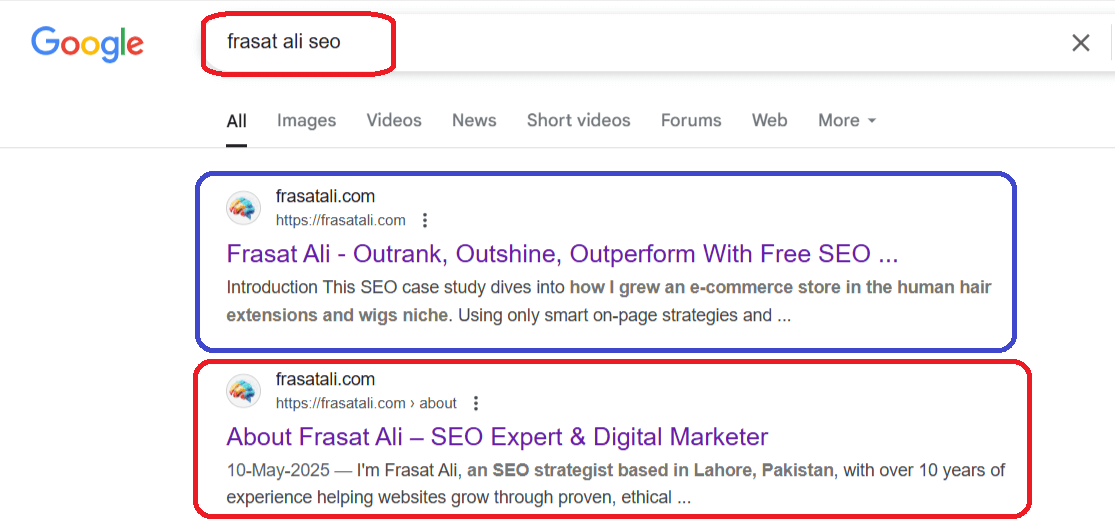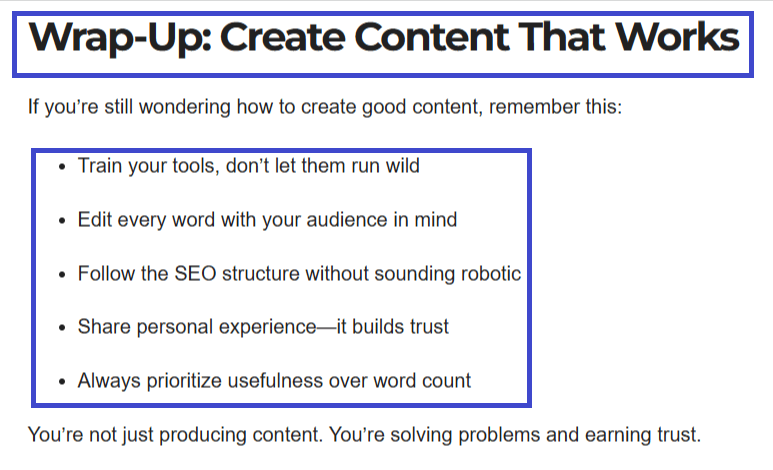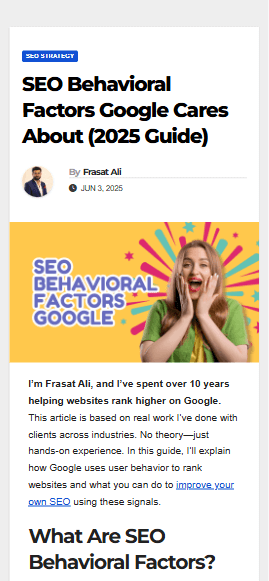I’m Frasat Ali, and after over 10 years in the SEO field, I’ve learned what works and what’s just noise. I’ve ranked local businesses, blogs, ecommerce stores—you name it. This article comes straight from my real-world experience. No fluff. Just the SEO best practices that are working now in 2025. If you’re serious about ranking on Google, keep reading.
What Are SEO Best Practices?
SEO best practices are proven steps that help your content rank higher in search engines. They include things like choosing the right keywords, writing helpful content, improving user experience, and making your site easy to crawl. Following these steps helps Google understand and trust your site.
Why Following Best Practices Matters

Without proper SEO, even great content can get lost. Google has thousands of pages to sort through. These best practices help your site stand out. They improve your:
-
Visibility in search results
-
User engagement
-
Site authority
-
Overall traffic and conversions
SEO Keywords Best Practices
One of the most important parts of SEO is using the right keywords. You want to match what people are searching for.
How to Use Keywords the Right Way:
-
Pick keywords that match your topic and your audience
-
Use them in the title, headings, and first paragraph
-
Avoid keyword stuffing (don’t overdo it)
-
Use variations and related terms naturally
-
Focus on long-tail keywords for easier wins
Writing Helpful, User-Focused Content
In 2025, Google is focused on content that helps people. You need to answer questions, solve problems, and give value.
My tips for writing helpful content:

-
Use short sentences and simple words
-
Start with the main point
-
Break it up with subheadings
-
Add lists and bullet points where useful
-
Include examples or personal insights
On-Page SEO Best Practices
On-page SEO means the things you control inside your content and website pages.
Here’s what I always do:

-
Use the main keyword in the H1 title
-
Add keywords in subheadings (H2, H3)
-
Write a unique meta title and description
-
Use images with ALT tags
-
Add internal links to related content
-
Keep URL slugs short and relevant
Off-Page SEO Basics
Off-page SEO is what happens outside your site. Backlinks are the biggest part.
How to build strong off-page SEO:
-
Create content worth linking to
-
Share your posts on social media
-
Get listed in relevant directories
-
Work with other site owners for guest posts
-
Build a personal brand in your niche
Technical SEO Best Practices
Even great content can fail if your site isn’t healthy. Technical SEO helps your site run better and be found by search engines.
Must-dos for technical SEO:
-
Use HTTPS for security
-
Make sure your site loads fast
-
Fix broken links and pages
-
Create an XML sitemap
-
Use proper schema markup
-
Make your site mobile-friendly
Mobile SEO is a Must

Most users now search from their phones. Google uses mobile-first indexing, so your mobile version needs to be perfect.
Tips for mobile SEO:
-
Use responsive design
-
Avoid pop-ups and small fonts
-
Keep buttons big enough to tap
-
Make content easy to read on smaller screens
SEO Content Structure
People should be able to scan your content easily. This helps both users and search engines.
What I follow:

-
H1 for the main title
-
H2s for main sections
-
H3s for sub-sections
-
Bullet points for lists
-
Tables for comparison
-
Images to explain ideas
Table: SEO Best Practices at a Glance
| SEO Area | Best Practice Example | Why It Matters |
|---|---|---|
| Keywords | Use in titles and naturally in content | Helps Google understand your topic |
| Content | Write clear, useful answers | Keeps users engaged |
| On-Page SEO | Proper headings, meta tags, and internal linking | Improves rankings and user flow |
| Technical SEO | Fast loading, mobile-friendly, secure | Boosts crawlability and trust |
| Off-Page SEO | Build backlinks and partnerships | Grows domain authority |
Tools I Use Personally
Though this is based on real experience, I do use some tools to speed things up. While I won’t name tools here, the key is to pick ones that help with:
-
Content optimization
-
Site audits
-
Rank tracking
-
Backlink monitoring
SEO Best Practices I Avoid
Here’s what I stay away from because they hurt your site in the long run:
-
Buying cheap backlinks
-
Overusing keywords
-
Copying content from other sites
-
Ignoring mobile UX
-
Skipping internal links
Final Advice from Me
If you’re new to SEO or struggling to see results, go back to the basics. Focus on helping the user. Don’t chase tricks. In 2025, Google cares more than ever about what real users do on your site. Write for people, optimize for search, and test what works. I’ve seen too many sites win just by sticking to core SEO best practices and doing them better than competitors.
Final Thoughts
SEO isn’t a one-time job. It’s ongoing. You need to update your content, check your site health, and watch your rankings over time. Stick to the best practices I’ve shared here, and you’ll be in a strong position to grow your traffic in 2025. These are the exact steps I follow every day—because they work.
Frasat Ali is a seasoned SEO Manager with over a decade of experience helping websites improve visibility through ethical, data-backed strategies. He shares actionable SEO insights grounded in real-world success. Read More
![]()
